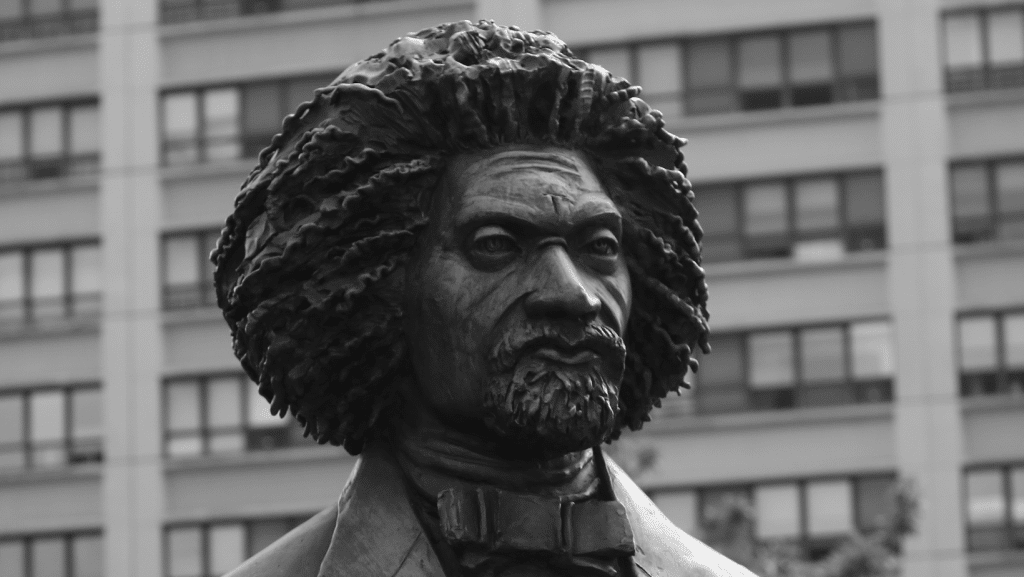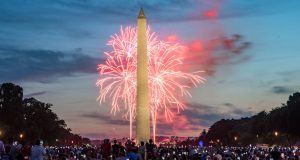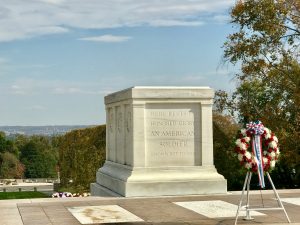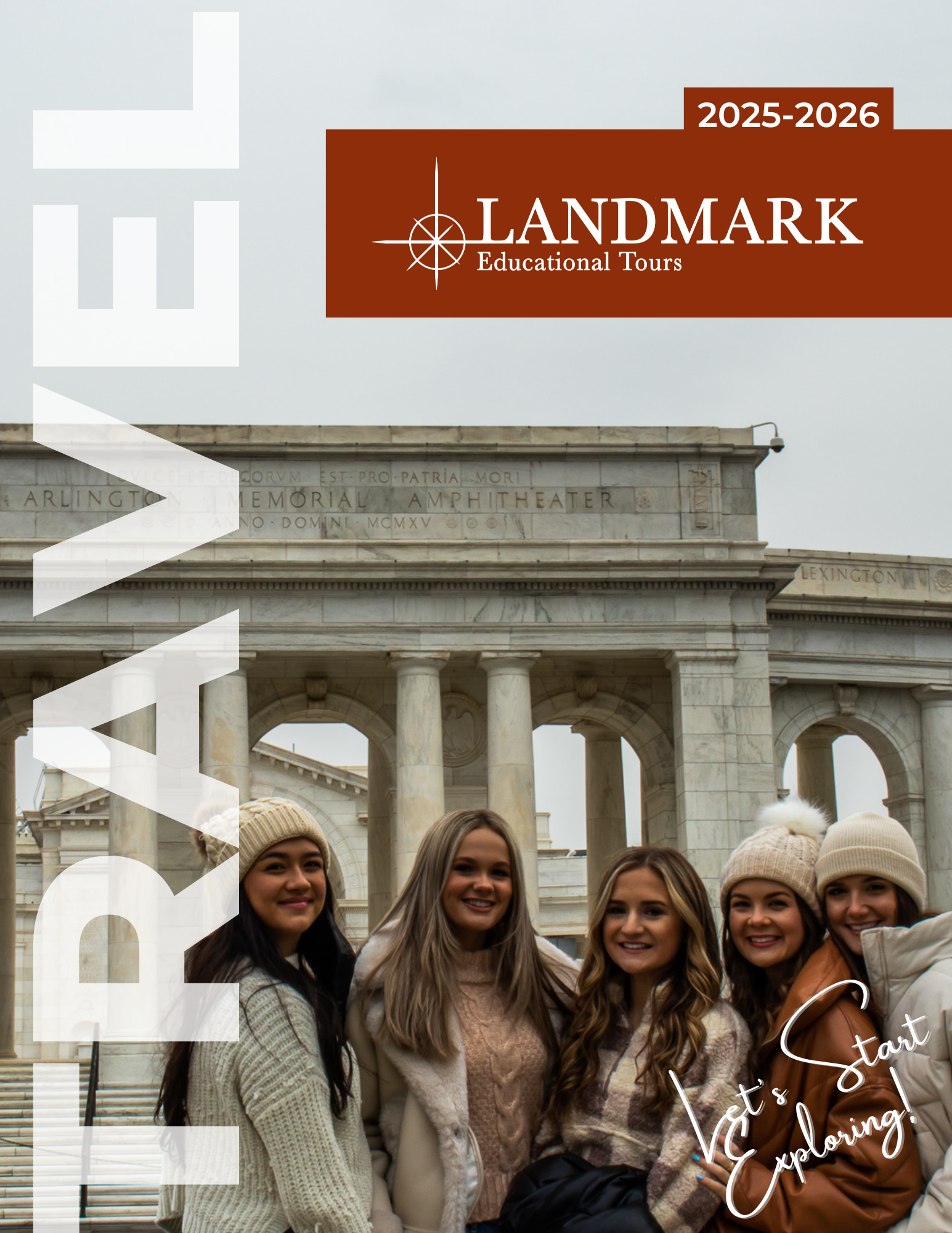Frederick Douglass History

Frederick Douglass: A Beacon of Resilience and Justice
In the annals of American history, the life of Frederick Douglass stands as a testament to the indomitable spirit of one man’s quest for freedom, justice, and equality. Born into slavery in Talbot County, Maryland, around 1818, Douglass’s journey from chains to eloquent orator, abolitionist, and statesman is a narrative that transcends time.
Early Years in Bondage
Douglass’s early years were marked by the brutal realities of slavery. Separated from his mother at an early age, he experienced the callousness of slaveholders and the dehumanization of forced labor. The seeds of resistance, however, were sown during these trying times. Despite the oppressive environment, Douglass secretly taught himself to read and write, recognizing the transformative power of education.
Escape to Freedom
In 1838, Douglass seized an opportunity for escape, finding his way to freedom in the North. His journey to liberty was fraught with peril, traversing through forests, crossing rivers, and relying on the Underground Railroad—a clandestine network of safe houses and abolitionists dedicated to aiding escaped slaves. The taste of freedom fueled Douglass’s determination to not only secure his own liberation but to become a vocal advocate for the abolition of slavery.
The Power of Education
Douglass’s commitment to education became a cornerstone of his advocacy. He believed that knowledge was the key to liberation, a sentiment echoed in his famous words, “Knowledge makes a man unfit to be a slave.” Embracing the power of literacy, he sought not only personal enlightenment but also the ability to articulate the injustices of slavery and advocate for its abolition.
Oratory Brilliance and Anti-Slavery Activism
Douglass’s journey from fugitive slave to a prominent anti-slavery activist unfolded as he honed his oratory skills. His powerful speeches resonated with audiences across the United States, challenging the pervasive myths that justified slavery. Douglass became a compelling voice for the abolitionist cause, speaking truth to power and dismantling the dehumanizing narratives propagated by pro-slavery advocates.
In 1845, he published his first autobiography, “Narrative of the Life of Frederick Douglass, an American Slave.” The narrative not only detailed the horrors of slavery but also underscored Douglass’s intellectual prowess and his unyielding commitment to justice.
Transatlantic Influence and Advocacy in the United Kingdom
Douglass’s influence extended beyond the borders of the United States. In 1846, he embarked on a speaking tour of the British Isles, captivating audiences with his articulate denunciation of slavery. The British abolitionist movement embraced him, recognizing Douglass as a living testament to the inhumanity of slavery. His experiences in the United Kingdom further fueled his determination to confront systemic oppression.
The Impact of “The North Star” Newspaper
Upon his return to the United States, Douglass continued his advocacy by launching “The North Star,” an abolitionist newspaper. The publication became a platform for Douglass to express his views on slavery, racism, and the broader struggle for civil rights. Through the written word, Douglass challenged the status quo and galvanized the growing anti-slavery sentiment in the North.
Contributions to the Women’s Suffrage Movement
Douglass’s commitment to equality extended beyond the fight against slavery. He was an early advocate for women’s suffrage, recognizing the interconnected nature of oppression. Douglass attended the Seneca Falls Convention in 1848, where he supported the groundbreaking Declaration of Sentiments, which demanded equal rights for women. His support for women’s suffrage, however, would face challenges in later years, revealing the complexities of intersectional activism.
The Civil War and Emancipation
As the United States descended into the Civil War in 1861, Douglass recognized the conflict as an opportunity to eradicate the institution of slavery. He fervently advocated for the enlistment of African American soldiers into the Union Army, believing that their service would not only contribute to the fight for freedom but also challenge prevailing racist ideologies.
During the war, Douglass also engaged in a complex relationship with President Abraham Lincoln. While critical of Lincoln’s initial reluctance to make the abolition of slavery a primary war aim, Douglass ultimately acknowledged Lincoln’s commitment to the Emancipation Proclamation, which declared all slaves in Confederate-held territory to be free.
Post-Civil War Advocacy and Reconstruction
The end of the Civil War brought about the abolition of slavery through the 13th Amendment in 1865. Douglass, however, recognized that true freedom required more than legal emancipation. He turned his attention to the challenges of Reconstruction, advocating for civil rights, suffrage, and economic justice for the newly freed African Americans.
Later Years and Legacy
In the years following the Civil War, Douglass held several prominent government positions, including U.S. Marshal for the District of Columbia and Minister to Haiti. He continued his advocacy for civil rights, emphasizing the importance of education and economic empowerment.
Frederick Douglass passed away on February 20, 1895, leaving behind a legacy that reverberates through the corridors of American history. His life’s work and writings continue to inspire generations, emphasizing the enduring importance of resilience, education, and the pursuit of justice.
Frederick Douglass’s Enduring Relevance
Frederick Douglass’s life encapsulates the essence of the American struggle for freedom and equality. From his early years in bondage to his role as a prominent abolitionist, orator, and statesman, Douglass’s journey is a testament to the transformative power of education, the resilience of the human spirit, and the tireless pursuit of justice.
His advocacy was not confined to the abolition of slavery; Douglass recognized the interconnected nature of oppression and fought for the rights of all marginalized communities. As we reflect on the life of Frederick Douglass, we are reminded that the struggle for justice is an ongoing journey—one that requires courage, intellectual fortitude, and an unwavering commitment to the principles of equality and human dignity.

Educational Benefits of Travel for Students
Explore educational benefits of travel for students, including cultural awareness, academic growth, personal development, and lifelong skills.

Washington DC 4th of July Celebration
Experience the excitement of Washington DC 4th of July celebration, featuring fireworks, parades, concerts, and patriotic festivities.

Arlington National Cemetery Tour
Discover history, honor heroes, and experience solemn traditions on an Arlington National Cemetery tour, a meaningful visit for all ages.


